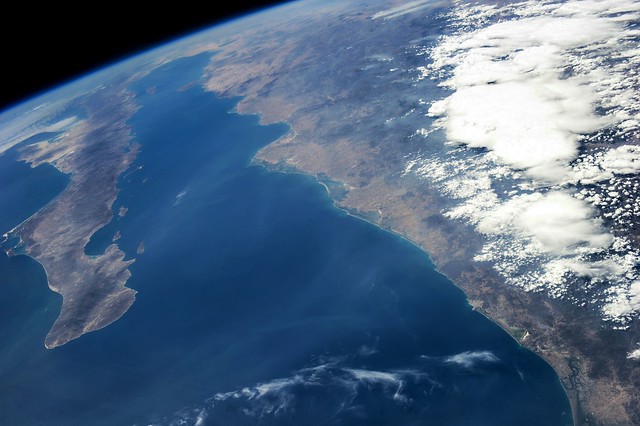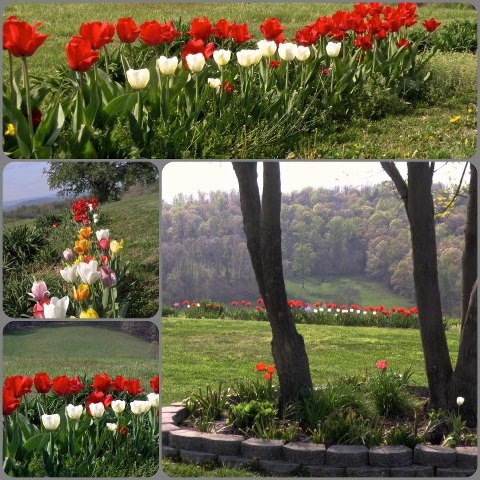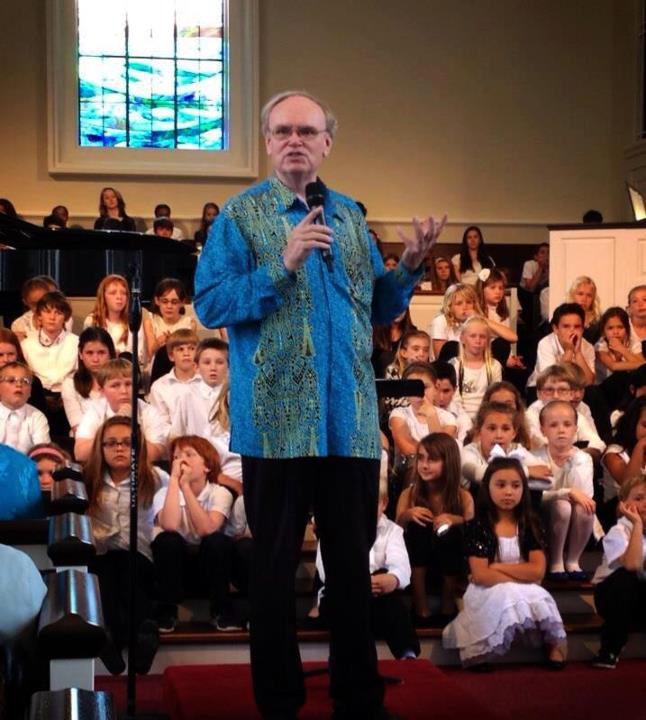On July 8, the New York Times’ Michael Barbaro was allowed by NASA to make a six-minute call to SpaceX astronauts Doug, Chris, and Bob who are now on the International Space Station.
Michael: Where are you right now, as we are talking?
Bob: Right at this moment, we’re 250 miles above the Earth. We’re over the Baja Peninsula, having just passed over California, and we’re headed south.”
Michael: If you’ll indulge me a moment, I’d like to talk about feelings. Knowing I was going to be talking to you, I’ve been thinking a lot about this time … how you’re looking down and back on the Earth, wondering with so much turmoil here and your looking down on all it from such a distance. What does it feel like to look down on a planet that’s truly in the midst of some really challenging, tumultuous times?
Chris: Well, it certainly is challenging to hear either by second hand or when we get the opportunity to see some news up here … all the turmoil that’s going on with the pandemic and the strife in the cities with all the different challenges people are going through on a day to day basis. It does emotionally take a toll on us — certainly — and I think one of the other things that resonates with me personally is when you look out the window and see the planet below, you don’t see borders, you don’t see strife. You see this beautiful planet that we need to take care of. Hopefully as technology advances and this commercial space travel gets going, maybe more people will get the opportunity to come see it, because if you come into space and look back on our planet, it will change you; it will change you for the better and you will realize this is one big world rather than all these little countries or cities or factions that we have on the planet. I think more people seeing our planet as we can see it will make the world a better place.
Michael: Lots has happened on the Earth since you all have been in space. There have been forest fires, sandstorms across the South Atlantic, and a couple of ice shelves have broken off. Are you able to see these things happening, and what’s that like?
Doug: Well, what we see is that the Earth is not stagnant. It’s always changing, whether it be seasons or storms, earthquakes or droughts or floods. It’s always changing, never just sitting still, and we need to constantly be aware and do our part in helping to keep the planet as healthy as possible. When we’re walking around on what we think of as flat ground, we lose the perspective that the whole universe is in a delicate balance. Science has now helped us to know much more about that balance than ever before. When you see it with your own eyes, it changes your whole perspective, and you can never look at it the same way again. And that’s a good thing.










